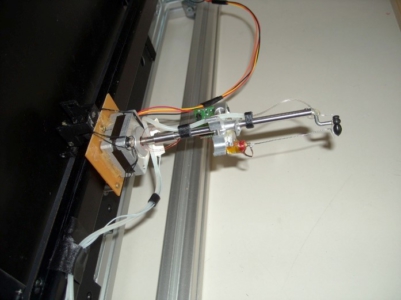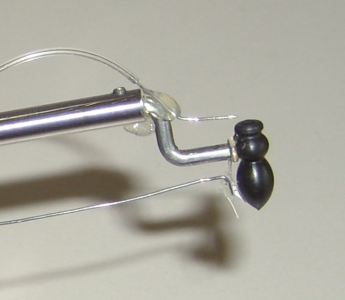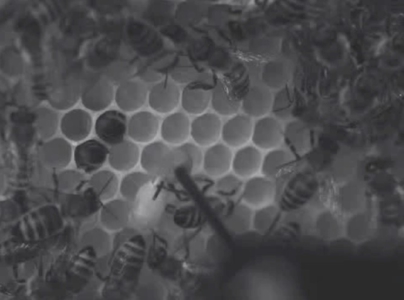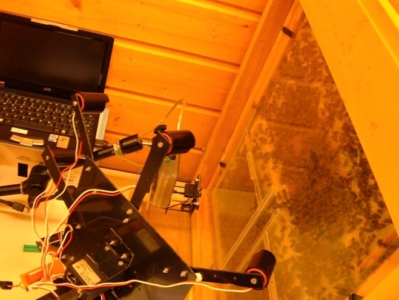The honeybee dance “language” is one of the most popular examples of information transfer in the animal world. Today, more than 60 years after its discovery it still remains unknown how follower bees decode the information contained in the dance. In order to build a robotic honeybee that allows a deeper investigation of the communication process we have recorded hundreds of videos of waggle dances. The trajectories were produced using a novel automatic tracking system and represent the most detailed honeybee dance motion information available. Although honeybee dances seem very variable, some properties turned out to be invariant. We use these properties as a minimal set of parameters that enables us to model the honeybee dance motion.
We are building a robotic bee that will be used to investigate the bee dance language. It is well known that when foraging bees return to the beehive, they communicate the existence of a food source by waggling their tails, buzzing at a certain frequency, and moving in a loop in the shape of the figure eight. However, even though there is a large body of evidence in favor of the existence of such symbolic communication capability, there are still critics who think that the odor of the food source is the most important cue for the bees who fly in search of it. The ultimate test of the bee dance language hypothesis, therefore, would be to let a robot execute the dance and then follow the bees that leave the beehive immediately after the dance. The biology department at the Free University of Berlin has used a harmonic radar for tracking bees in the past, and is building a new one with better spatial resolution.
In the first part of the project we are tracking bees dancing in the beehive using high-speed video cameras. This data will allow us to drive the robotic bee using the same type of movements used by real bees. The diagrams below show the tracking software.

Our robotic bee will be moved along the side of the beehive by a robotic arm, which we have designed and built. We are manufacturing the bee ourselves. The diagram shows the robotic bee. The plastic wings vibrate at any required frequency with the help of the attached bar, which goes through a solenoid that can be turned on and off. The tail of the bee can waggle through the attached bar connected to a motor. The third bar, attached to a robot arm, moves the whole ensemble.
| Two views of the robotic bee assembly. The wings are on place and a tube for providing sugar to other bees. |
The first mechanical version of the robotic bee has been tested in the beehive. The photographs below show the experimental setup (to the right) and the robotic bee in the beehive.
| Robotic bee in the beehive (left) and experimental setup (right) |
The figure below shows an antenna attached to a real bee. The antenna reflects 9 GH pulses at a harmonic frequency of 18 GHz, which can be tracked by a radar unit. In the experiment, we will let the robotic bee dance on the beehive. Bees leaving the beehive will be marked with an antenna, and their path will be followed with the harmonic radar.

The first field tests of the robot were done in 2009. The project is being funded by the DFG. New funding from the Bernstein Center for Neurobiology was granted for 2012-2014, for the development of insect-like robots.
| A bee with its antenna and the radar we use for tracking the bees in flight |

RoboBee speaks honeybee dance language
Follow me for food
New Scientist
“IT SMELLS, it buzzes, it even dances like a honeybee. In a field in Germany, RoboBee is making its first attempts at speaking to the insects in their own language.
Bees are famous for communicating using the waggle dance – walking forward while rapidly vibrating their rear. In the 1940s, biologist Karl von Frisch realised that the length and angle of the dance correlated with the distance and direction of the food source the bee had just visited. Since then, most apiologists have held that dancers tell their fellows where to find food (New Scientist, 19 September 2009, p 40).
RoboBee is stuck to the end of a rod attached to a computer, which determines its “dance” moves. The rod is also connected to a belt which makes it vibrate. Like a real bee, it can spin, buzz its wings, carry scents and droplets of sugar water, and give off heat.”





